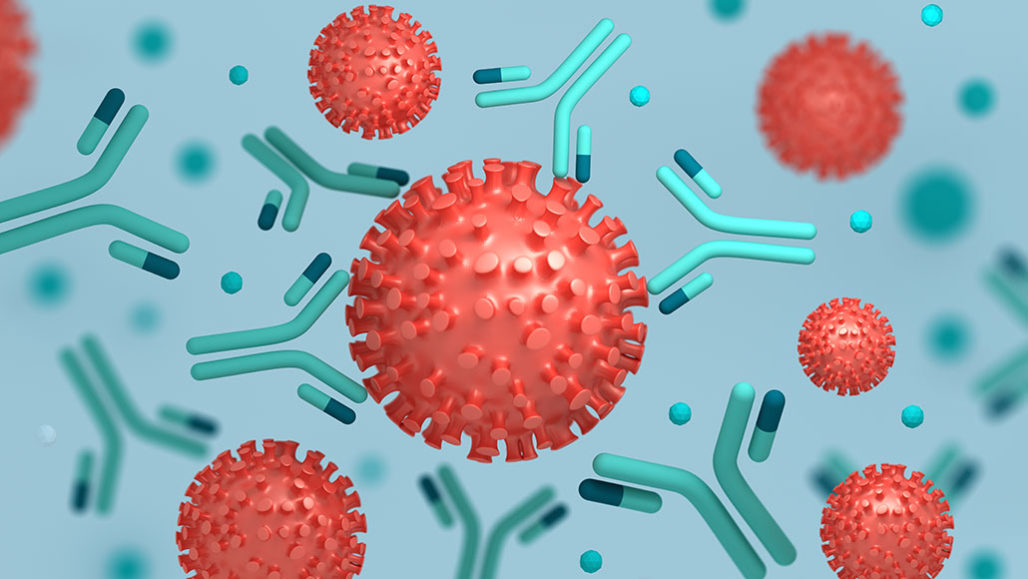Antibodies (Abs) are blood glycoproteins belonging to the immunoglobulin superfamily and constitute most of the gamma globulin fraction of the blood protein. Nevertheless, they also can be found in other body fluids. To know more about antibodies, you can also visit https://www.bosterbio.com/featured-products.
Antibody classes or isotypes and functions:
There are 5 classes of antibodies with different functions: IgG, IgM, IgA, IgE, and IgD.
• IgG antibodies are the most common and important. They circulate in the blood and other body fluids and protect against invading bacteria and viruses. The binding of IgG antibodies to bacterial or viral antigens activates other immune cells that pick up and destroy the antigen. As the smallest antibody, IgG moves easily across cell membranes.

Image Source: Google
• IgM is in the blood and is the largest antibody. It combines five Y-shaped units. It works similarly to IgG in antigen protection, but because of its size, it cannot cross membranes.
• IgA antibodies are found in tears, saliva, and mucus, and in secretions from the respiratory, reproductive, digestive, and urinary tracts. IgA neutralizes bacteria and viruses and prevents them from entering the body or reaching internal organs.
• IgE occurs only in mammals. IgE is the least common isotype and is synthesized by plasma cells. IgE also plays an important role in type I hypersensitivity, which manifests itself in various allergic diseases such as allergic asthma, food allergies, certain types of chronic urticaria, and atopic dermatitis.
• IgD is present in species from cartilaginous fish to humans. IgD functions as a signal for the activation of B cells. When activated, the cells are ready to protect the body. During B-cell differentiation, IgM is a proprietary isotype expressed by immature B-cells.